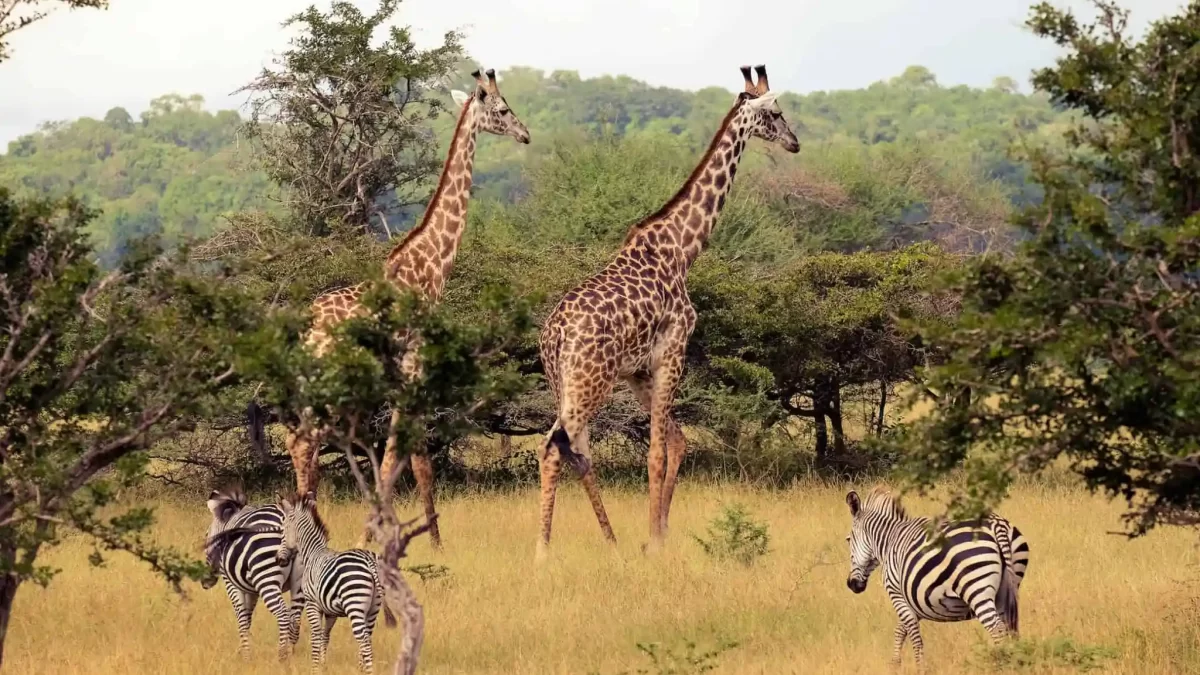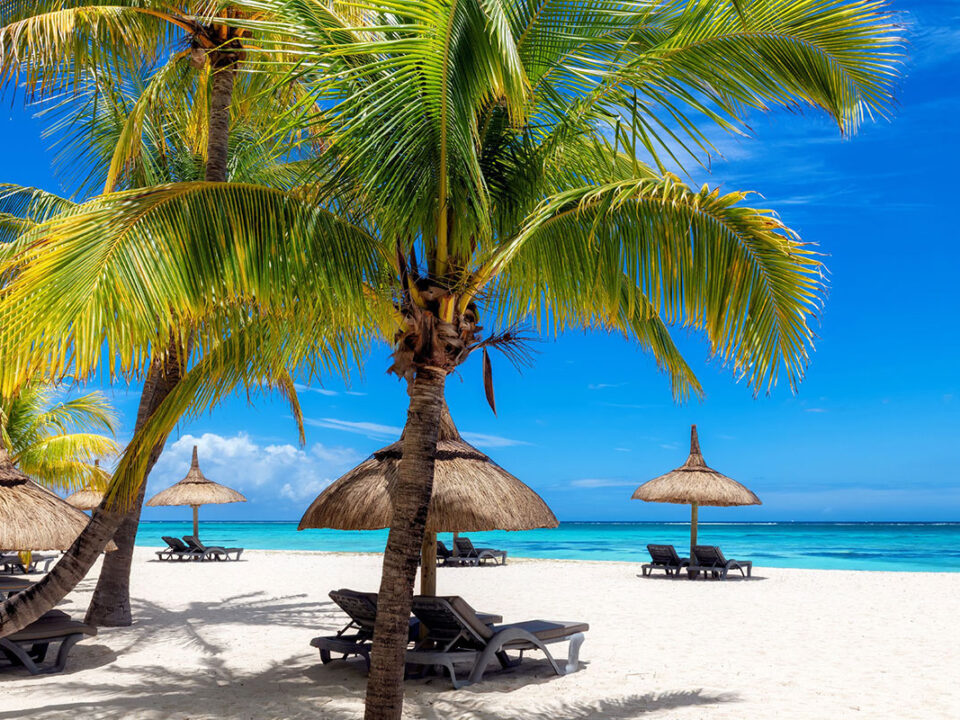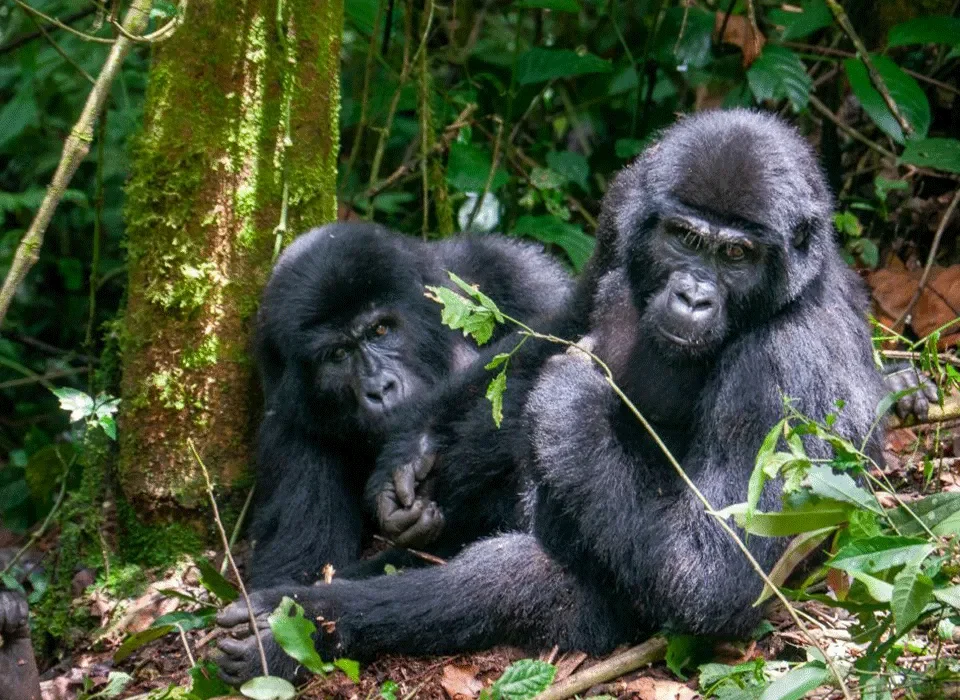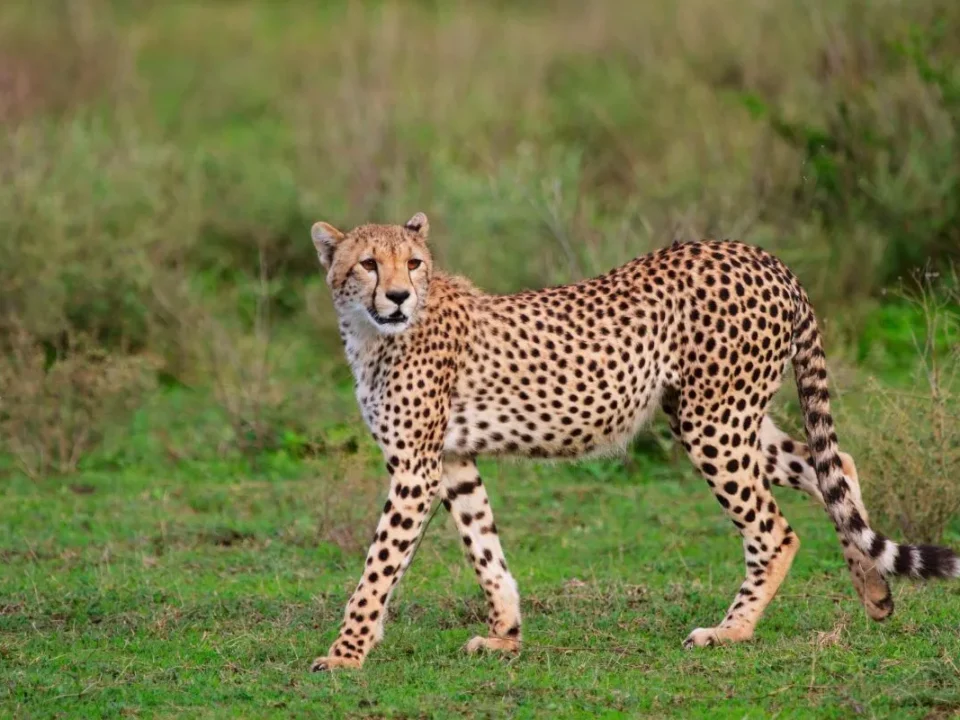Nyerere National Park Tanzania

Top African Safari Destinations to Encounter
November 29, 2023
Rubondo Island National Park in Tanzania
November 29, 2023Nyerere National Park Tanzania – A Tapestry of Wilderness
Nyerere National Park in Tanzania, formerly known as the “Selous Game Reserve,” underwent a significant transformation in 2019 when it attained national park status. Now the largest national park in Africa, covering a sprawling 30,000 square kilometers, it rivals the size of some European countries. This wilderness, steeped in history and mystique, bears the name of Julius Nyerere, Tanzania’s inaugural president and a key figure in the nation’s modern history.
The newly designated Nyerere National Park is often hailed as the “Serengeti of Southern Tanzania,” emerging from the expanse of the renowned Selous Game Reserve. Encompassing approximately 31,000 square kilometers, the park is a testament to Tanzania’s commitment to preserving its rich biodiversity. Efforts to enhance the road network are underway, making most areas accessible, except during the rainy seasons. Investors are also welcomed to establish camping sites and other tourist facilities, contributing to the park’s development.
Situated 230km to 300km from Dar es Salaam, Tanzania’s bustling commercial hub, the park is a captivating five to six-hour drive away. Matemere Gate, accessible through Morogoro, serves as a primary entry point, presenting a convenient access route for visitors.
Wildlife Extravaganza: A Symphony of Nature
Nyerere National Park, alongside the Selous Game Reserve, proudly hosts one of the world’s most significant elephant populations. The savannahs and waterways teem with a diverse array of wildlife, including wildebeests, giraffes, hartebeests, sable antelopes, greater kudus, elands, lions, leopards, and the elusive wild dogs, among others. Boasting over 460 bird species, the park is a haven for bird enthusiasts.
Activities in the Wilderness: Immersive Safari Experiences
Nyerere National Park stands out not just for its wildlife but also for the array of ways visitors can immerse themselves in the natural spectacle. Traditional game drives in open 4WD vehicles offer a classic safari experience, with the advantage of minimal encounters with other vehicles. For a more intimate connection with nature, guided walks present an opportunity to explore the flora and fauna in detail.
Boat safaris along the Rufiji River and its tributaries provide a unique perspective on wildlife, revealing a side of the park unseen during land-based ventures. Fishing enthusiasts can indulge in the thrill of catching tiger fish, Piranha’s relatives, and catfish in the untouched waters of the Rufiji River.
Rivers and Rufiji’s Majesty: A Unique Landscape
The defining feature of Nyerere National Park is its intricate river systems that converge to form the mighty Rufiji River. Originating from the surrounding highlands, these rivers sculpt the land into a dramatic landscape adorned with gorges, lakes, swamps, and marshes. The Rufiji River, making its way towards the Indian Ocean, becomes the lifeblood of the park, sustaining a diverse range of wildlife and vegetation.
Abundant Flora and Fauna: Nature’s Extravaganza
The varied vegetation zones, ranging from dense thickets to open wooded grasslands adorned with palm trees, add depth to Nyerere National Park’s natural tapestry. One of the park’s highlights is the opportunity to witness hunting dogs, a rarity in many other reserves. Large predators such as lions, leopards, and hyenas are common sightings, along with a thriving population of African elephants, hippopotamuses, crocodiles, Cape buffalo, and an impressive array of antelopes and gazelles.
Embark on a journey into the heart of Nyerere National Park, where the wilderness unfolds its secrets, and every moment is a celebration of nature’s grandeur.




